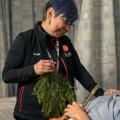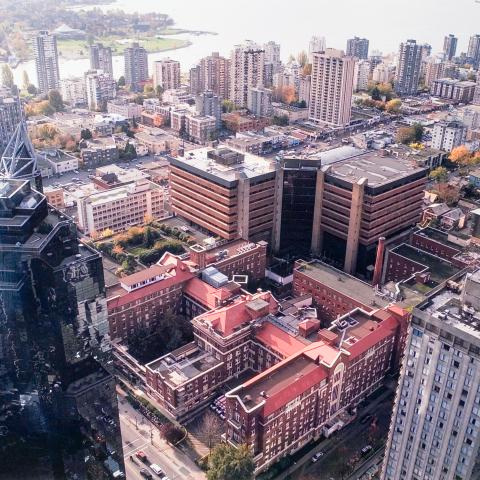Transcatheter aortic valve implantation (TAVI)
Learn more about transcatheter aortic valve implantation (TAVI) and the TAVI team at St. Paul's Hospital.
Overview
TAVI stands for transcatheter aortic valve implantation. This non-surgical procedure is used to treat a heart problem called aortic stenosis. This is when the valve between the heart and the main artery called the aorta becomes narrow or stiff. This can make it harder for the blood to flow properly. This causes the heart to work harder to pump blood.
When you are referred for a TAVI, there is a lot of information to keep track of. To help you stay organized, please carefully review the TAVI Information for Patients and Families brochure provided to you by the TAVI team. It is also available to download below.
Your TAVI assessment
We need a lot of information about you, your heart, and your general health to decide if TAVI is the best treatment for you. The TAVI assessment includes meeting our team and having heart tests. Our goal is to let you know what the doctors recommend for you as soon as possible.
Common tests & imaging
These tests will help the heart valve team make a treatment recommendation for you. You may have already had some of these tests in the past. We may do them again because we need more information specific to TAVI.
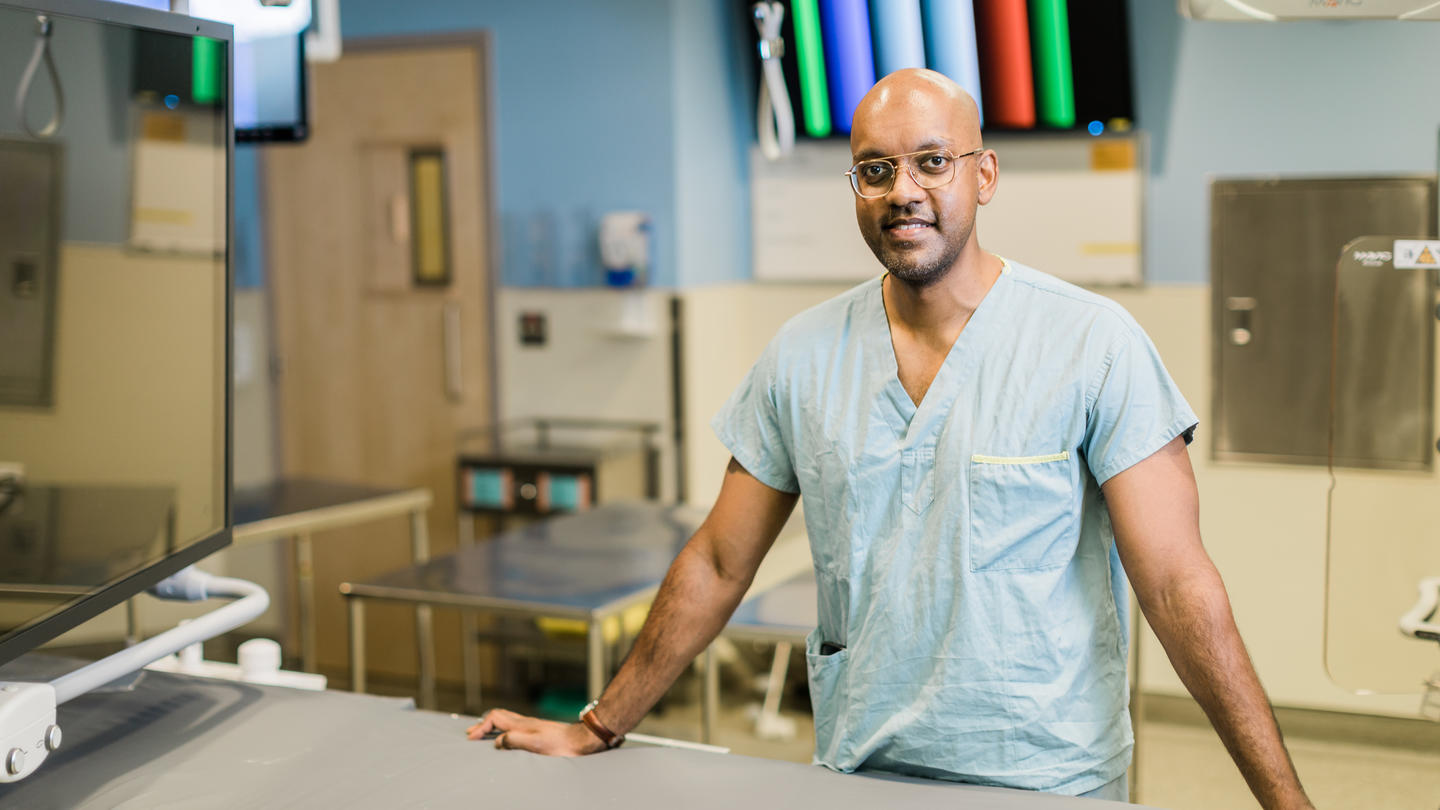
Preparing for the procedure
We know that you and your loved ones may be anxious about having this procedure and we want to help you feel as prepared as possible. The good news is that this procedure is much less invasive than open heart surgery and has a much faster recovery time.
In most cases, TAVI is a same-day procedure with an overnight stay. Some people can even go home the day of the procedure. This means that our goal is for you to walk and do basic activities (like eating, drinking, going to the washroom) right away. In some cases, people may need more time to recover in hospital.
Most people recover faster if they do not stay in hospital longer than needed. It is best to plan to go home the day of or the day after TAVI so that you and your family are prepared. This planning is one of the most important things you and your family can do to help make your procedure a success.
The THV Clinic nurse calls you to tell you the date and location of your procedure. Please take careful note of the date.
On the day of the procedure
The surgery will be at one of three areas:
- St. Paul’s Hospital Operating Room
- Go to the Surgical Day Care on the 3rd Floor of the Providence Building
- Go to the Surgical Day Care on the 3rd Floor of the Providence Building
- St. Paul’s Hospital Cardiac Cath Lab
- Go to the Reception on the 5th Floor of the Providence Building
- Go to the Reception on the 5th Floor of the Providence Building
- Vancouver General Hospital Cardiac Cath Lab
- Go to the Ground Floor of the Jim Pattison South Pavilion, report to Station 7 – Heart Service
During the procedure
For the TAVI procedure, your surgeon makes a small cut either in the groin area or the chest to reach the blood vessels. A thin and flexible wire is inserted through the cut and carefully guided through the blood vessels towards the heart, using special imaging techniques to help the surgeon see where they are going. Then, they place a foldable artificial valve onto a tiny balloon which is pushed gently over the thin wire to the location where the old and damaged aortic valve is located. The artificial valve is securely positioned within the original valve, effectively taking over its function.
Most people are awake or sleeping lightly during TAVI. Our goal is for you to be comfortable. The doctor injects “freezing” medicine (like at the dentist) with a small needle in the groin. The doctor may give you medicines to help you relax. In some cases, you may need “general anaesthesia.” This means you receive medicines that cause all your muscles to completely relax. Once you are asleep, the doctor puts a breathing tube in your throat and into your lungs to give you oxygen and help you breathe. The breathing tube is usually removed at the end of the procedure.
The procedure usually takes 1.5 to 2 hours. The actual insertion of the new valve takes about 30 minutes.
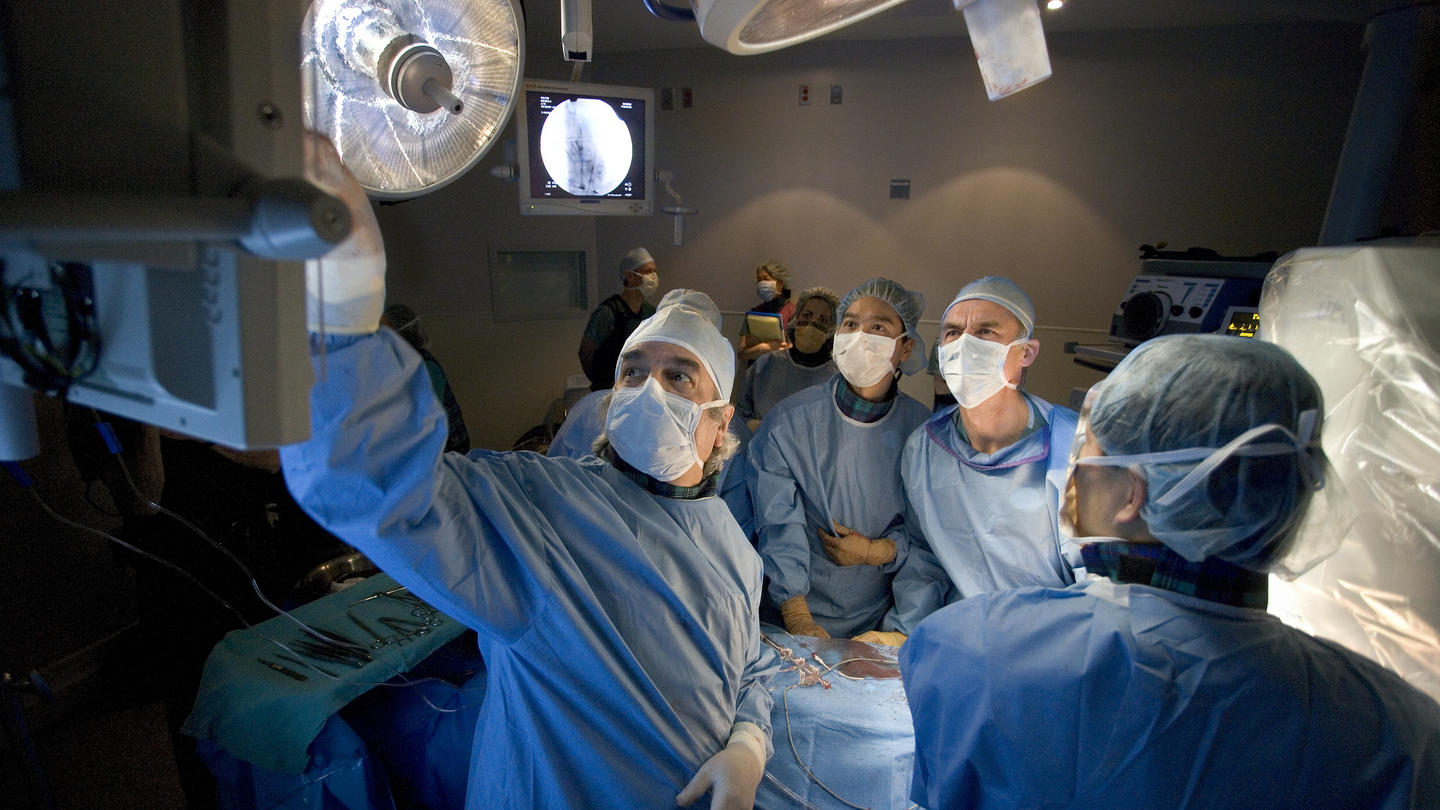
After the procedure
After TAVI, you are transferred to a clinical area to recover. Depending on where you had your procedure, you may recover in the area next to the Cath Lab, in the Cardiac Intensive Care Unit, the Cardiology Ward or the Cardiac Care Unit. Your nurses will inform your family so they can be with you. Your TAVI doctor speaks to you and your family.
Support for Indigenous Peoples
The Indigenous Wellness Liaison Team is here to support your health journey. Team members offer cultural support and healthcare advocacy. Learn more below or call them at 604-682-2344,62937 or email IWL@providencehealth.bc.ca.
Education & resources
Video
Useful resources
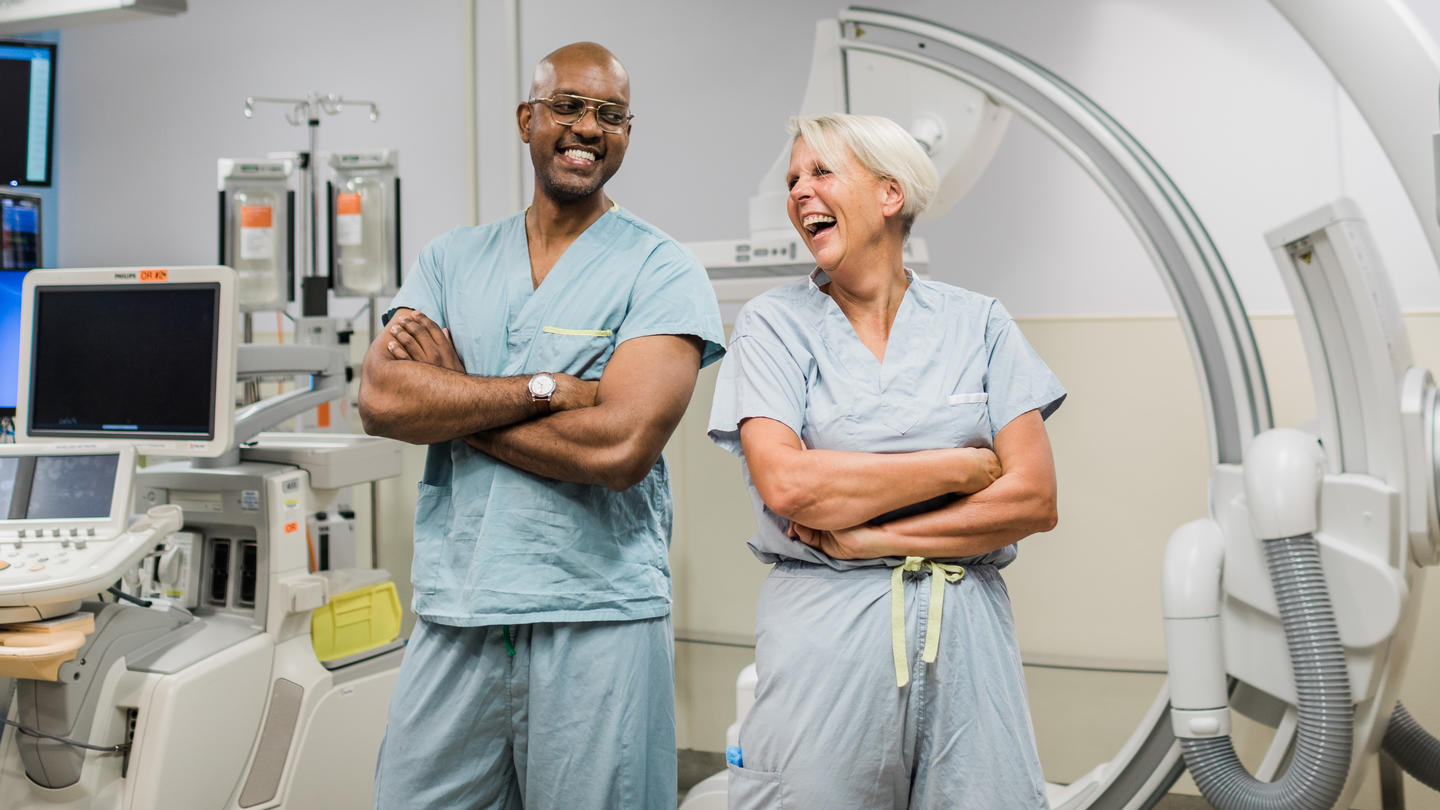
Locations
The TAVI care team is based at St. Paul’s Hospital.
Please note that your surgery may be done by the St. Paul’s Hospital team at either St. Paul’s Hospital or Vancouver General Hospital, depending on operating room availability. Be sure you know which location to attend.
Visitors
Family plays an important role in a patient’s recovery. Families are welcome to be present at any time. The hospital does not restrict visiting hours to family members. Of course, you must follow hospital rules. Please share this information with your friends and family who are planning to visit. Remember to tell visitors which hospital your procedure is scheduled for.
Find related services
Providence also operates the following related services and clinics:
Centre for Heart Valve Innovation
The Centre for Heart Valve Innovation at St. Paul’s Hospital is an internationally recognized centre pioneering in innovative, minimally invasive heart valve replacement procedures. The Centre is the first in North America to perform a transcatheter heart valve implantation and continues to educate and train health professionals around the world on the procedure.
Medical & professional referrals
Refer if your patient has significant valvular disease and would like to be assessed for Transcatheter Valve Implantation. This form goes with the General Cardiology Referral Form and the Lab Requisition for General Cardiology Referral.

